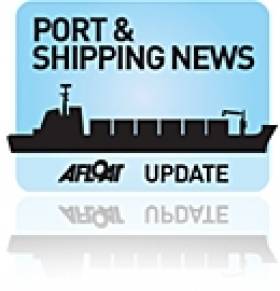Displaying items by tag: Berth 4
Rosslare Europort To Dredge Sand Build-Up from Storms
#portsandshipping – Dredging at the breakwater of Rosslare Europort of sand which built up in the storms of January and February this year is to begin during week commencing 30th November.
The movement of sand which took place along the breakwater over two weeks of severe storms in late January and early February 2014 was estimated up to 100,000 m3, unprecedented given the typical annual average levels of 11,000m3. As a result, Berth 4 has been out of use since then, and there have also been some navigation restrictions.
Iarnród Éireann, the Port Authority for Rosslare Europort, applied for and has now received a foreshore licence and a dredging licence to proceed with the dredging works to restore the Europort to normal working conditions.
The sand removed from the Europort by its contractor will be placed just outside low water at Rosslare Strand, and it is expected to be carried up onto the beach there to replenish it. This is a repetition of the strategy successfully followed at the last dredging in 2011, and follows consultation with the Environmental Protection Agency and the Department of the Environment and licence approval.
Iarnród Éireann has allocated funding of €1.4m for this project, and the dredging work is expected to take approximately three weeks. Normal port operations will continue throughout these works.






























































